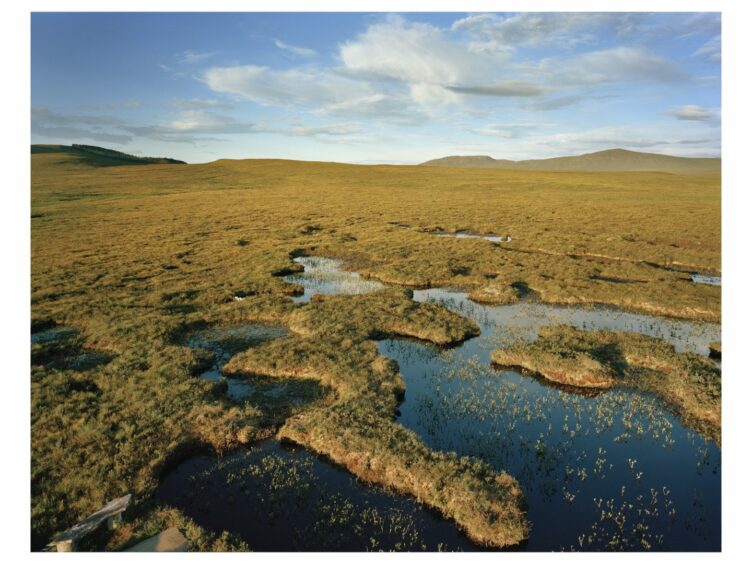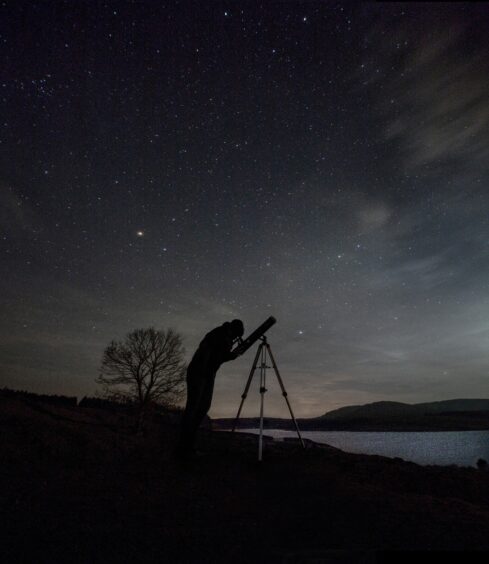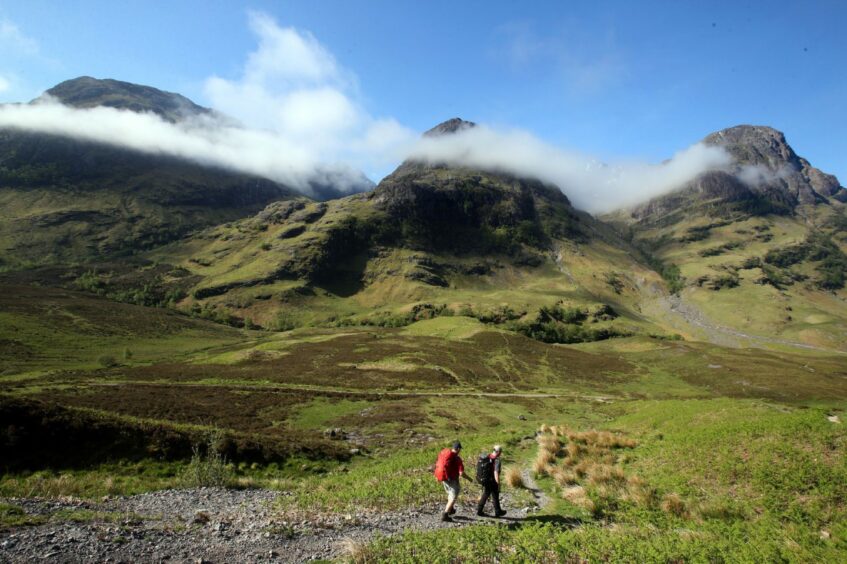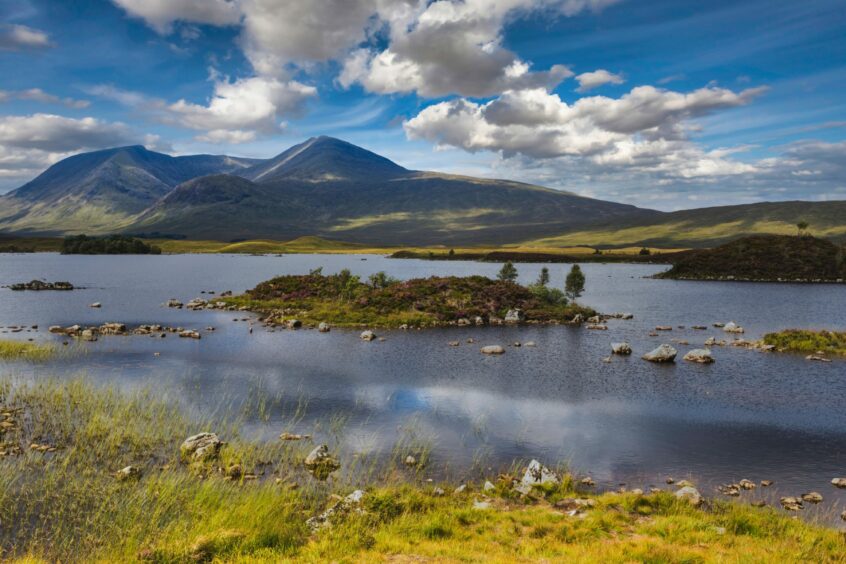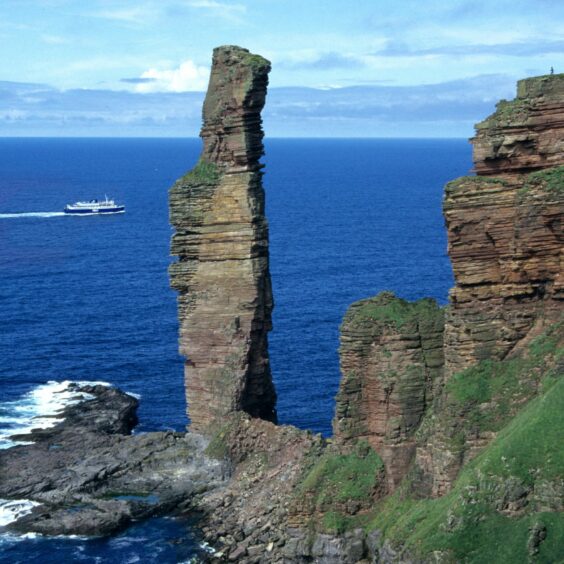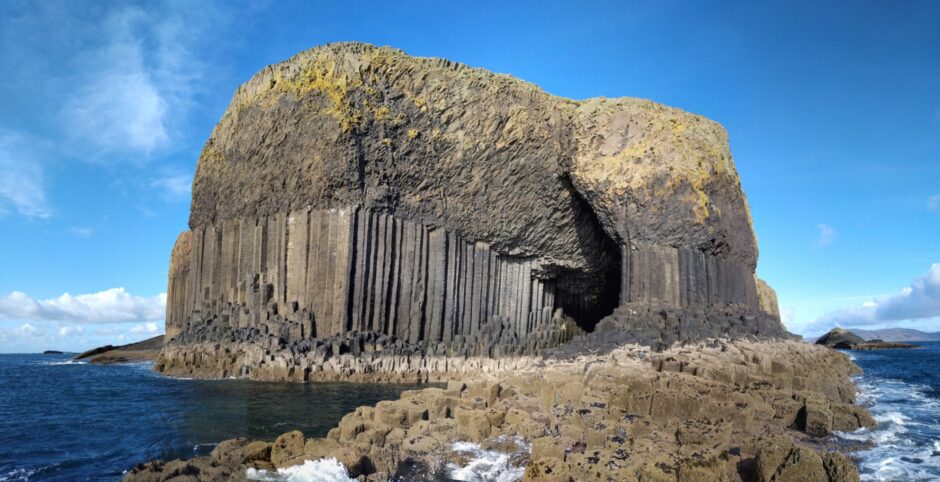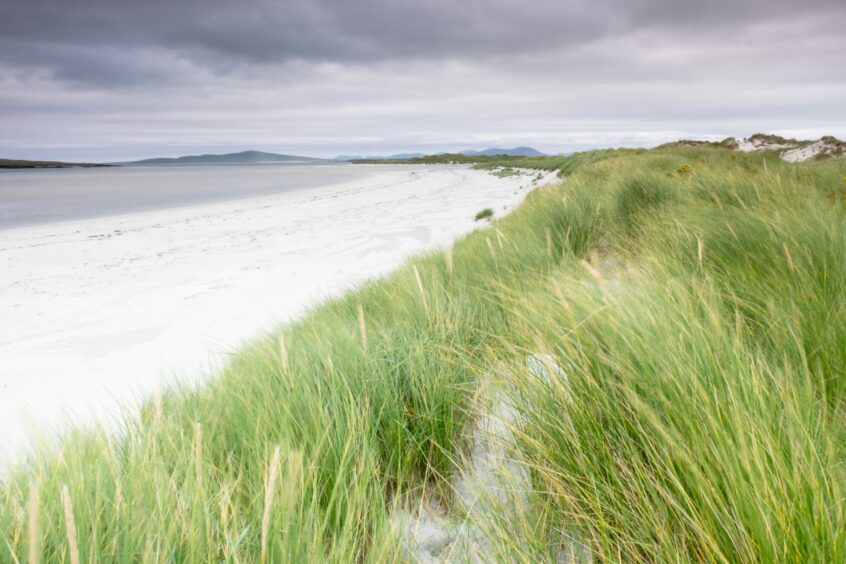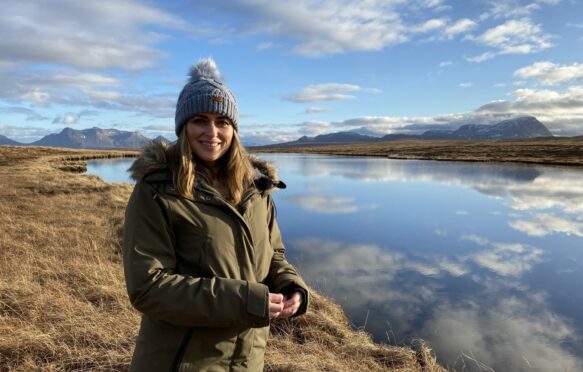
One of the world’s darkest places for stargazing and one of the last remaining wildernesses in Europe have been included in a new guide to Scotland’s seven “top natural wonders”.
Galloway Forest Park in Dumfries and Galloway and Rannoch Moor in Perthshire are included on the list, along with the iconic volcanic basalt columns of Fingal’s Cave on the Isle of Staffa.
The Three Sisters of Glencoe; the Flow Country; the Old Man of Hoy in Orkney; and Clachan Sands in North Uist, in the Outer Hebrides, make up the seven natural wonders championed by VisitScotland. The locations were chosen thanks to their “uniqueness and world-class beauty”.
The national tourism organisation has recorded growing public interest in exploring the nation’s “natural wonders”, with online searches for “outdoor activities Scotland” rising by 127% in a week this month alone.
Officials have also recorded spikes in searches for the Scottish locations featured on the BBC’s new five-part nature series Wild Isles, including Cairngorms National Park and Shetland.
The seven wonders
Among Scotland’s top seven natural wonders is Galloway Forest Park, Europe’s first designated International Dark Sky Park, spanning 75,000 hectares and Rannoch Moor – 150 square miles of blanket peat bog, lochans, rivers, heather hillocks and rocky outcrops dubbed “one of the last remaining wildernesses in Europe”. Meanwhile, the Three Sisters of Glencoe – Beinn Fhada, Gearr Aonach and Aonach Dubh – are Highland mountains shaped millions of years ago from some of the world’s oldest sedimentary and volcanic strata.
Fingal’s Cave, named after the hero of an epic poem by 18th-Century Scots historian James Macpherson, was created 60 million years ago by the same ancient lava flow that created the Giant’s Causeway in Ireland.
Clachan Sands on North Uist offer miles of white sands and green-blue waters that could be mistaken for a tropical beach, while the Flow Country has the world’s most intact and extensive bog system, stretching across Caithness and Sutherland. It aims to become the UK’s next Natural World Heritage Site.
Finally, the Old Man of Hoy is one of the UK’s tallest sea stacks, rising to a height of 449ft (137m). First climbed by mountaineers Chris Bonington, Rusty Baillie and Tom Patey, it is now a magnet for climbers.
Ken Massie, VisitScotland’s head of industry development, said: “Our natural environment is one of the many things that make Scotland so special and we’re lucky there are so many experiences across the country that let you enjoy the wonders of our wildlife in a responsible way.”

Enjoy the convenience of having The Sunday Post delivered as a digital ePaper straight to your smartphone, tablet or computer.
Subscribe for only £5.49 a month and enjoy all the benefits of the printed paper as a digital replica.
Subscribe